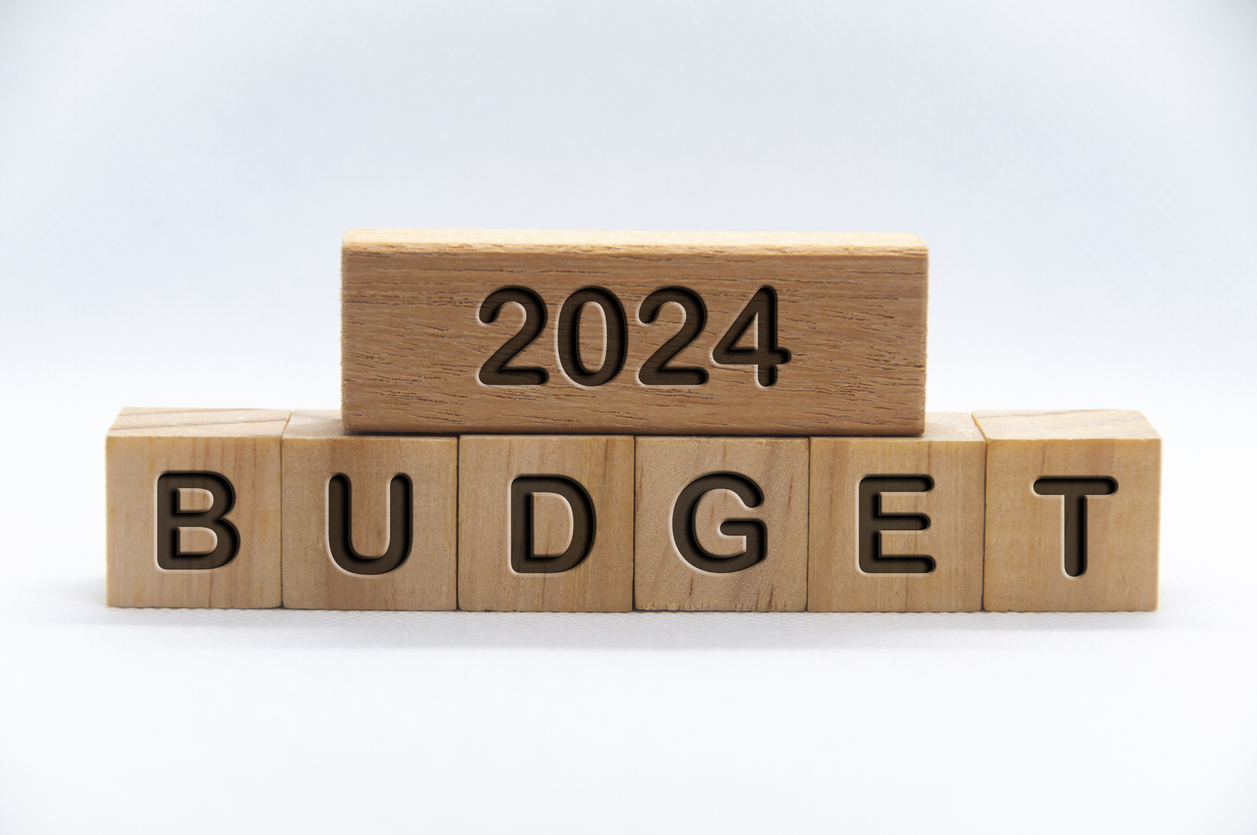
February 2, 2024
The government's aim to reduce the fiscal deficit from 5.8% to 5.1% of GDP demonstrates both fiscal responsibility and a commitment to sustainable growth
Emphasising a 'Develop India First' approach in negotiating bilateral investment treaties is a strategic move to boost economic growth
The announcement of an INR 1 lakh-crore corpus for R&D in sunrise sectors further demonstrates a commitment to fostering innovation in clean energy technologies
This budget, in conjunction with the government's vision, lays a robust foundation for India's journey to becoming a developed nation by 2047

The Vote on Account, presented by Finance Minister Nirmala Sitharaman, represents a decisive move towards shaping a resilient, inclusive, innovative, and environmentally conscious India, perfectly aligning with Prime Minister Narendra Modi’s vision.
Concerning the budget proposals for the financial year 2025, five key areas deserve attention due to their significance.
Fiscal Prudence
The government’s aim to reduce the fiscal deficit from 5.8% to 5.1% of GDP demonstrates fiscal responsibility and a commitment to sustainable growth. The strategic reduction in market borrowings allows the private sector to secure more market capital.
Capex-led Growth
Allocating 40% of the total budget increase to achieve an 11.1% enhancement in capital expenditure is commendable, particularly given the current circumstances. The commitment to maintaining capex at a higher percentage of GDP (3.4%) underscores the government’s dedication to laying a robust foundation for long-term growth.
Foreign Investment
Recognizing the importance of capital inflows for advancing India’s infrastructure, the government has extended tax benefits for startups and sovereign wealth or pension fund investments, fostering a favourable investment climate. Emphasising a ‘Develop India First’ approach in negotiating bilateral investment treaties is a strategic move to boost economic growth and enhance India’s global market position.
Green Growth
The budget’s emphasis on green growth builds on existing support for the clean energy sector. The allocation of viability gap funding for offshore wind energy, coupled with initiatives to boost rooftop solar and promote the adoption of electric vehicles, signifies significant progress towards achieving the ‘Net Zero’ target by 2070. The announcement of a INR 1 lakh-crore corpus for R&D in sunrise sectors further demonstrates a commitment to fostering innovation in clean energy technologies.
Skill Development
The increased allocation for education and skill development underscores the importance of skilling and empowering youth to harness India’s demographic dividend. The augmentation of the Skill India Mission will prepare the workforce for the future, aligning with the expanding new sectors offering growth opportunities and creating millions of jobs.
In conjunction with the government’s vision, this budget lays a robust foundation for India’s journey to becoming a developed nation by 2047. The commitment to sustainable and equitable development, coupled with strategic investments in infrastructure and human capital, sets the stage for growth rates exceeding 7-8% over the next few decades.
Source: Economic Times